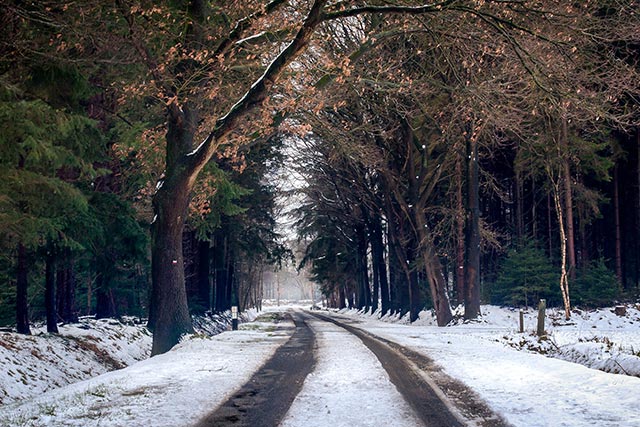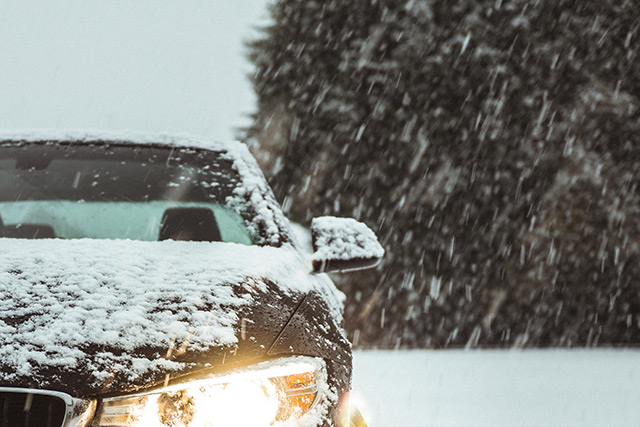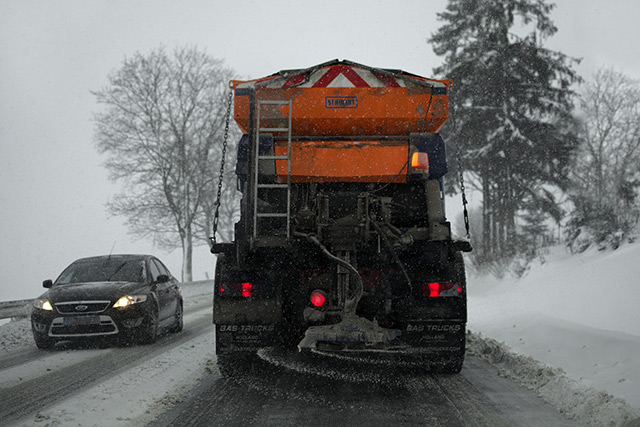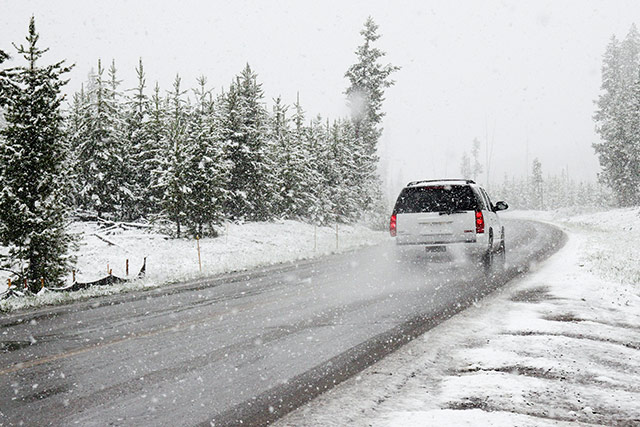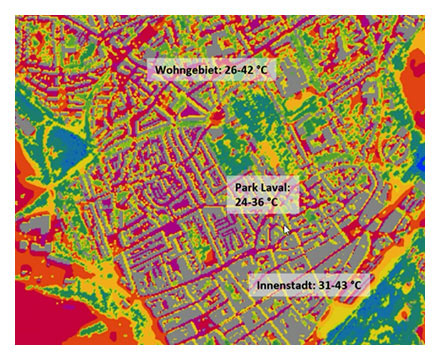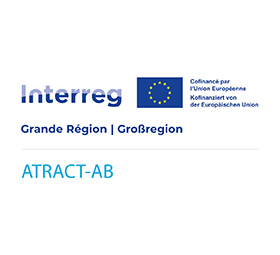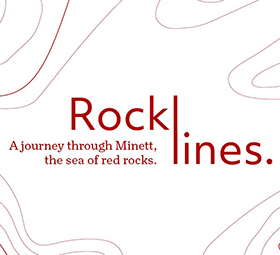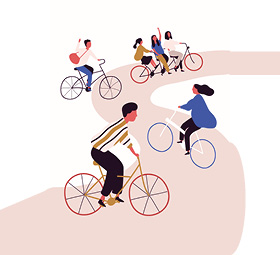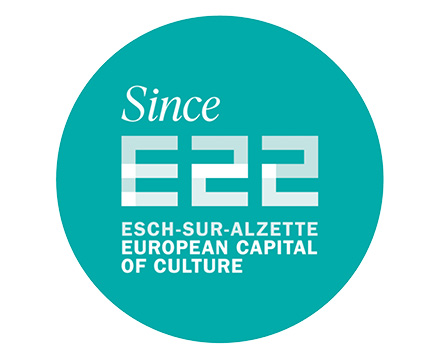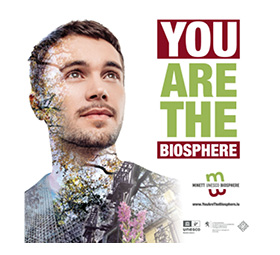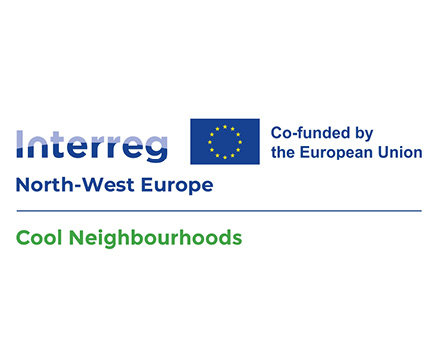 REPLACE SALT
REPLACE SALT


Less and less snow
Precipitation episodes have changed in the world and in Luxembourg with climate change. In the event of heavy snow, salt remains the easy solution to melt the snow on the road. This article focuses on the real changes in the climate and the use of salt, which is harmful to the environment.
The disastrous effects of road salt have already been proven. But its ease of use and low cost still put it at the top of the podium when it comes to making roads safe during snowy episodes. Snow is becoming increasingly rare in Luxembourg.
Rising temperatures
Andrew Ferrone is Head of the Meteorological Service of the Ministry of Agriculture, Viticulture and Rural Development and Luxembourg’s Scientific Representative to the United Nations Intergovernmental Panel on Climate Change (IPCC). In this capacity, he was involved in the preparation of the IPPC’s Sixth Assessment Report, which was published in 2021 and 2022. The meteorologist speaks of a temperature increase of 1.6°C between the periods 1861-1890 and 1991-2020.
“We do see that climate change can be seen from a temperature point of view,” he says. The 10 warmest years were all measured in the period 2002-2020. Each of the last three decades has been successively warmer than each of the previous decades since 1840.
Precipitation increases in winter
But there are also consequences for precipitation events. Andrew Ferrone first explains that there is no overall increase. “We have data going back to 1854, on the annual sums, that is to say rain and snow included, we see that there is no long-term change. But he does point out that there are seasonal changes: “In winter, we see an increase of 20 litres per square metre in precipitation, which is statistically significant. He also points out that episodes of heavy precipitation, i.e. more than ten litres per day, are increasing over the last sixty years. So there are two trends, according to Andrew Ferrone, “general precipitation is increasing in winter, as well as heavy precipitation”.
Snow is becoming increasingly rare
Snow events tend to occur at the same times: January and February. “But snow cover cannot be ruled out until April, as we have seen this year,” says the head of the meteorological service.
Despite the fact that precipitation increases in Luxembourg in winter, snow events are becoming increasingly rare. This is a logical consequence, as the temperature is rising. “We actually have the lowest number of snow days in the last sixty years,” confirms Andrew Ferrone.
Snow removal salt: what problems?
Andrew Ferrone explains that, generally speaking, “salt is put on roads and pavements, so when the snow melts or if there is precipitation afterwards, most of the salt goes down the drain and there can be an impact on the water if it is not taken back by the depollution plants”.
In addition to water, salt can also burn roadside flora, but also soak into the soil or waterways.
According to a recent answer from the Minister of Mobility and Public Works to a parliamentary question, in the last three years 63,560 tonnes of road salt have been spread on the 2,914 kilometres of national roads.
To reduce this use, the quantities are adjusted from night to night. On motorways, wet spray is also used.
But the impact of salt on ecosystems remains.
In concrete terms, what solutions are possible to replace snow removal salt?
The best way to reduce the impact of snow removal salt is not to use it. However, one of the reasons why salt is still in its heyday is that it is extremely effective and highly affordable. However, there are alternative solutions or ways of using it sparingly.
Quick snow removal prevents ice from forming and can allow the use of sodium in smaller quantities. Ash or wood chips also work, but it should be noted that if you use it at home, sweeping is required afterwards to remove the material. While these solutions are suitable for individuals, there are also other ideas for larger scale.
Some countries have already implemented new practices, according to the World Road Association‘s 2019 report. Norway, for example, has focused on studying salt spreading techniques, which “is part of optimising the use of salt, i.e. using as little salt as possible while ensuring safe driving conditions”. However, it is stated that solutions such as “road heating, automatic spraying devices and anti-icing pavements are only used in special and critical cases such as bridges, ramps, tunnel mouths, critical steep slopes or chaining areas”. Environmentally friendly snow removal products also exist, but their prices remain high.
The use of de-icing salt therefore remains a major problem, both in the world and in Luxembourg. Tests of new methods continue, but habits are still firmly established.


